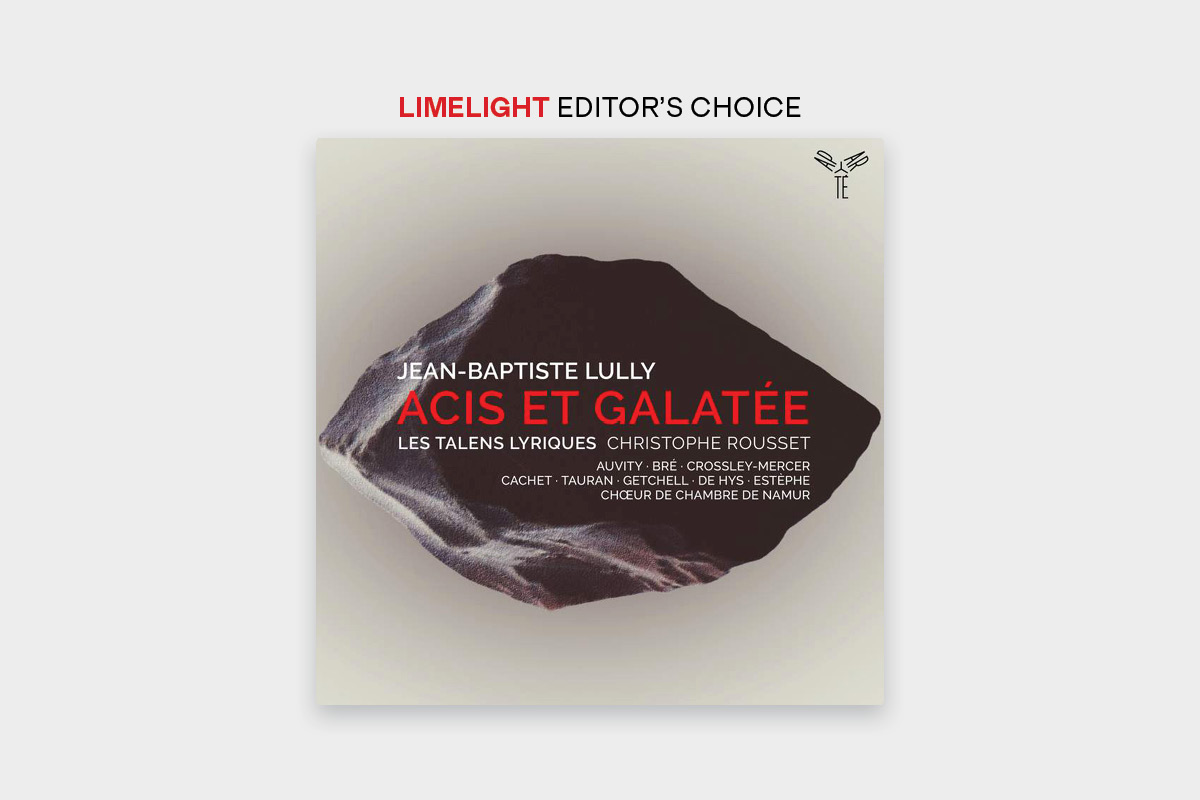The myth of Acis and Galatea is familiar from Handel’s 1718 English pastoral written for the Duke of Chandos, but as an opera it had appeared in several guises before that. One of the most successful was Acis et Galatée, the final work completed by Jean-Baptiste Lully before the famous accident with the baton and the ensuing bout of septicaemia.

It was composed it 1686 to celebrate Louis XIV’s eldest son’s visit to a ducal estate in Northern France, hence a festive prologue that hymns the local magnate and sucks up to the Dauphin in equal measure. Otherwise, the familiar tale of rivalry between the shepherd Acis and the cyclops Polyphemus for the affections of the sea-nymph Galatea is told efficiently enough, with a secondary couple thrown in to keep things on the boil across three acts.
Musically, Lully is on fine form with divertissements full of lively dance numbers and plenty of orchestral set pieces, including a pompous, clodhopping march to introduce the cyclops and a ravishing 15-minute orchestral and choral passacaille to bring matters to a close.










Comments
Log in to join the conversation.